Beasts of Santa Barbara
Wendy Farina
A small bestiary of Santa Barbara creatures that might have existed in medieval times.
Process
In order to make a somewhat scientifically based bestiary, I researched the following:
- California geography
- Native flora and fauna
- Native peoples and their drawings
- Spanish Missionaries
- Medieval bestiaries and beasties
- Animal sounds
Bestiary
From this research I’ve compiled a list — somewhat along the lines of a medieval bestiary but with less morality — of the seven most likely creatures that I think may have thrived along the Santa Barbara coast. Some might have survived into present-day times.
I’ve picked one of the seven beasts to examine from an audiorecreationology perspective. In other words, I asked the question: What sound would it have made?
I. A Brief History of Place
Landscape

The Santa Barbara area previously had much more marshland, no pier, and even more plentiful animal life.
Chumash People

Native to Santa Barbara for the past 10,000 years, Coastal Chumash got most of their food from the sea. Shamans made cave paintings of animal, human, and symbolic figures, perhaps as their own kind of bestiaries.
Missionaries

Spanish missionaries arrived in 1786, and began rapidly changing the landscape through ranching and agricultural practices. The enslaved Chumash population was all but decimated from European diseases.
Wildlife

California and the Santa Barbara coast possessed abundant wildlife. After Western colonization, some species (like the grizzly bear) were hunted to extinction in California.
II. Beasts
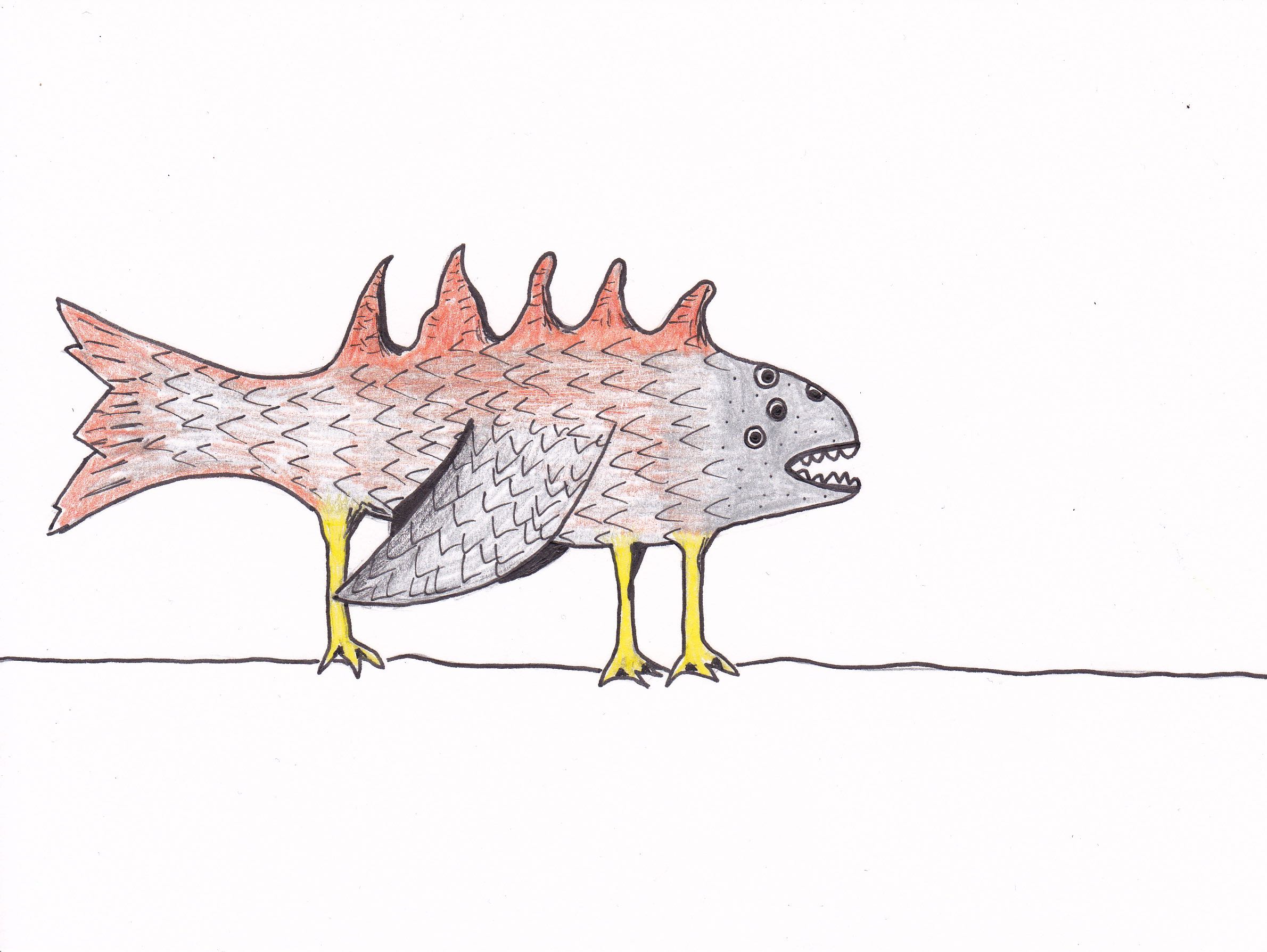
Sea Starman Gull
To 3’. Both aquatic and shore dwelling animal. Body and fin of a Coho (Silver) salmon, legs & wings of a California Gull, arms of a Sea-star (starfish) along its back. Has scales, feathers, three legs, and multiple eyes. Flies and swims, sometimes in circles.

No-necked Urchin-Stilt
To 10”. Rocky shore dweller. Body of a Purple Sea Urchin, legs, eyes, and feathers of a Black-necked Stilt. Single urchin orifice. Fast runner.
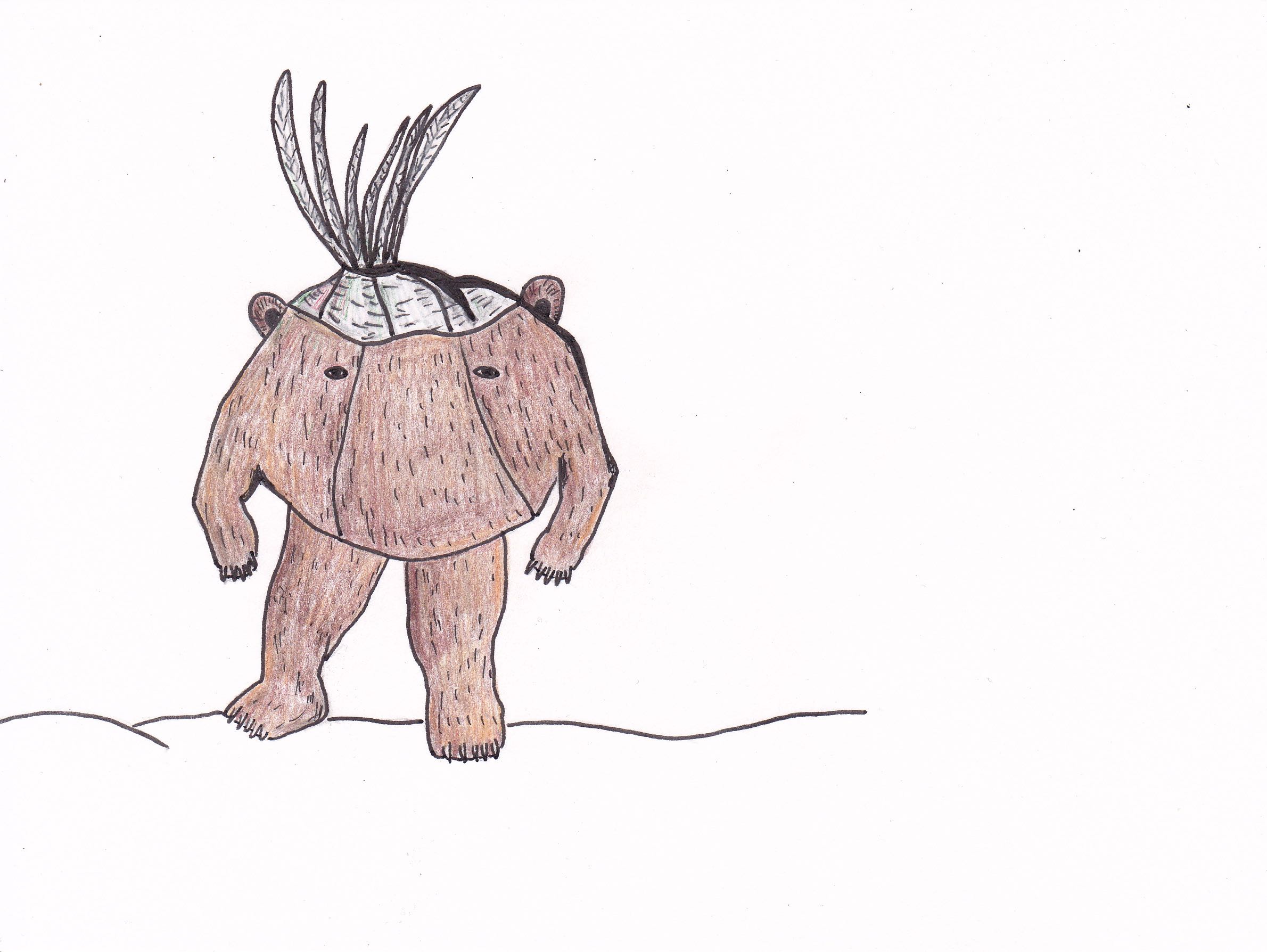
Grizzly Bearnacle
To 6”. Lives in small rocky cracks and crevices along the shore. Body and eyes of a bear, head of a barnacle. Body covered in fur. Hermaphrodite. Large penis-to-body ratio like regular barnacles.
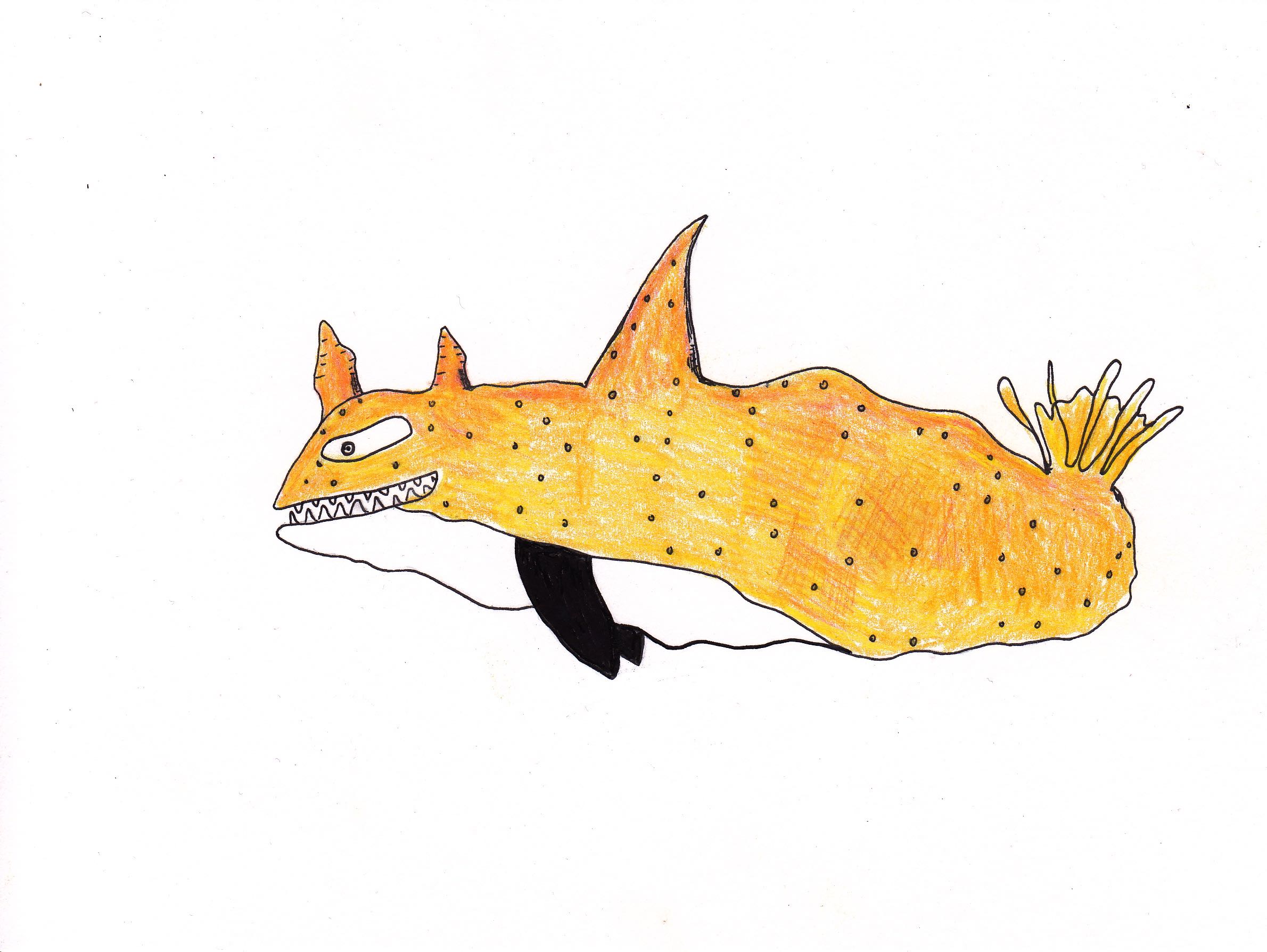
Killer Sea Lemon
To 28’. Aquatic coastal habitat. Body is a mix of Killer Whale and Sea Lemon Nudibranch (sea-slug). Is extremely docile. Eats garbage.

California Horn Snailpiper
To 2”. Lives in mudflats on shorelines. Legs and eyes of a Least Sandpiper, body and shell of a California Horn Snail. Ridge of functional beaks along its back that can squirt slime.
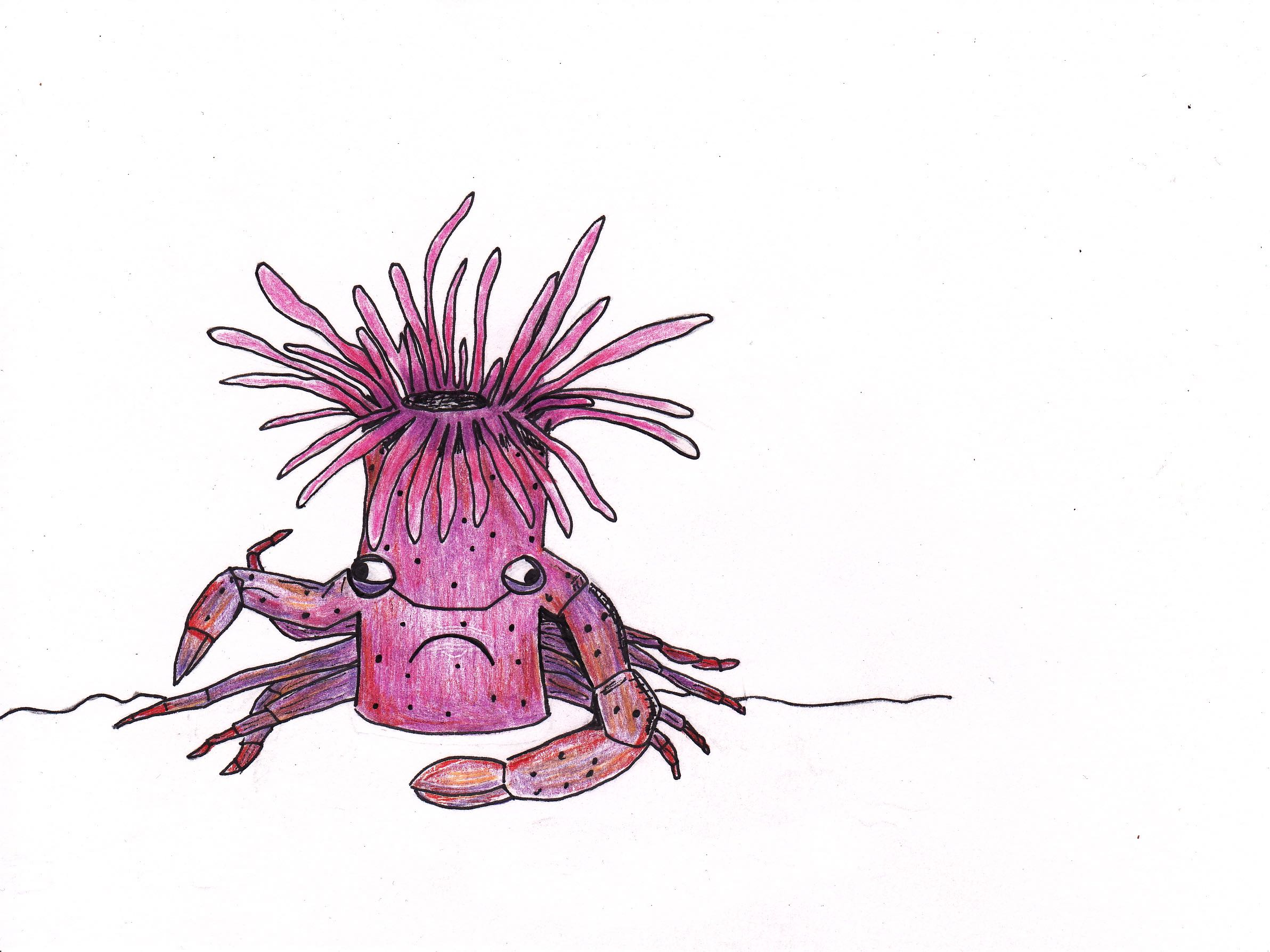
Purple Brooding Crabnemone, var. 1.
To 4”. Intertidal shoreline habitat. Body and stinging tentacles of a Brooding Anemone, arms, legs, eyes, and mouth of a Purple Shore Crab. Is fond of brooding.
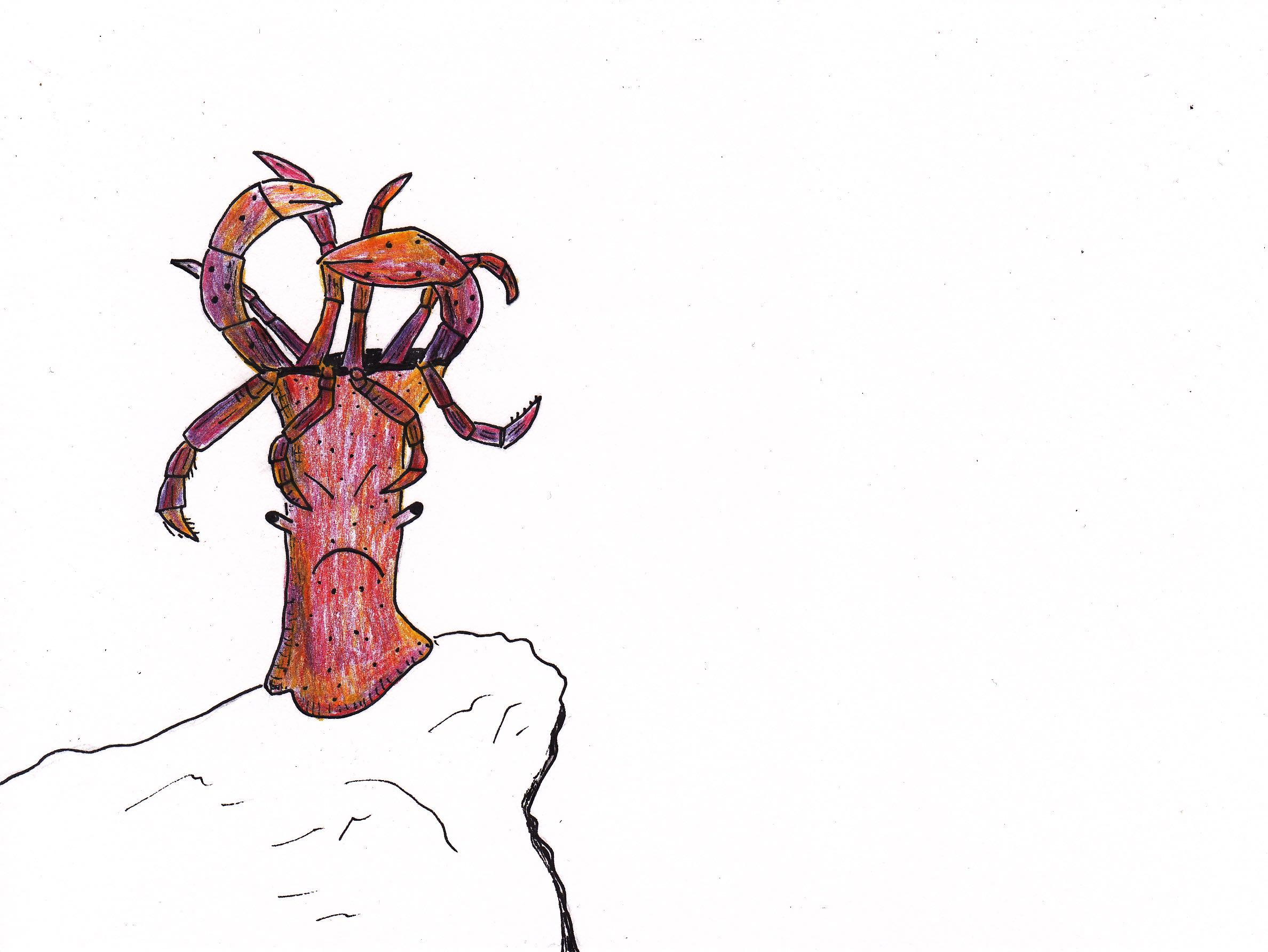
Purple Brooding Crabnemone, var. 2.
To 2”. Intertidal habitat. Body of a Brooding Anemone, arms and eyes of a Purple Shore Crab. Prefers being crabby over brooding.
III. Sounds

We’ll now listen to four sounds and choose by popular vote which sound we think the Sea Starman Gull might have made. Things to consider about the creature while making your selection: lungs, lips, (lack of) beak, mouth, tongue, means of communication, predator/prey, anxiety level, musicality, sociability, mating rituals, abundance of food, and intelligence.